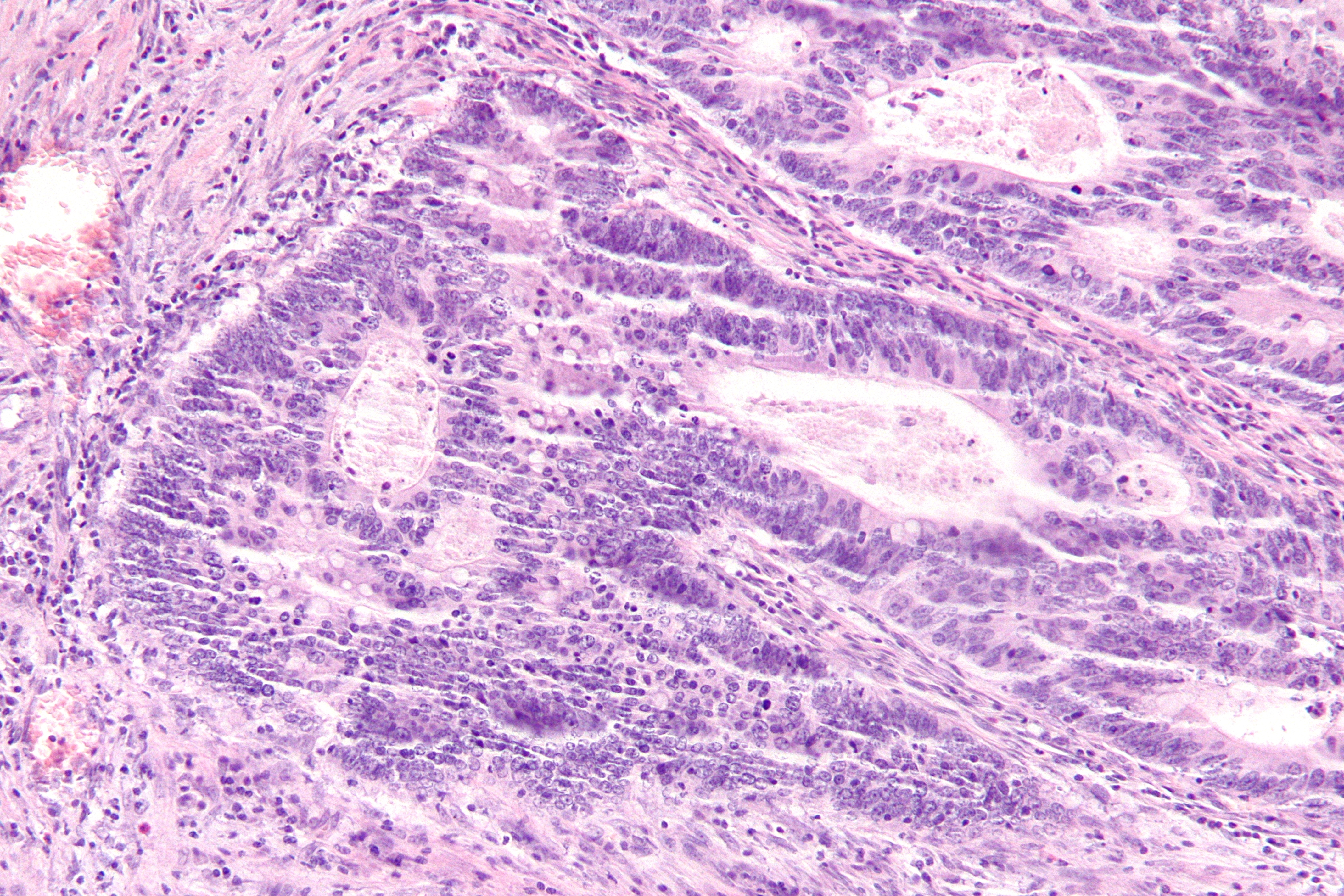Identifying and Quantifying Tumor Infiltrating Lymphocytes in Standard Pathology Images Using AI
This AI-derived TIL mapping provides a reproducible and robust tool for the assessment of lymphocytic infiltrates
Human review of diagnostic tissue is qualitative, and is therefore prone to high amounts of inter- and intra‑observer variability. Digital pathology, or the review of digitized pathology slides is gaining traction, precisely because quantitative measurements on digitized whole slide images, leads to reproducible and significant nuances observations. The recent approval of whole slide imaging for primary diagnostic uses is leading to widespread adoption of digital whole slide imaging. It is widely expected that within 5-10 years the great majority of new pathology slides will be digitized. Being able to quantitate reliably with reproducibility would be a significant advancement in diagnostic and prognostic applications of digital pathology.
Researchers at Stony Brook University, in collaboration with colleagues at Emory University have developed a novel approach, embodied in methods and software, to extract, quantify, characterize, and correlate Tumor Infiltrating Lymphocytes (TIL) using digitized H&E stained diagnostic tissue slides that are routinely obtained as part of cancer diagnosis. The technology utilizes novel deep learning algorithms to derive a “computational stain”. The computationally stained TILs correlate with the pathologist’s interpretations and with molecular estimates. TIL patterns are linked to tumor and immune molecular features, cancer type and outcomes. This technology provides a robust and reproducible tool for assessment of TILs for diagnostic, prognostic and research purposes.Figure 1 Further Details: Saltz J. et al. 2018 Cell Reports 23, 18-200
 Please note, header image is purely illustrative. Source: Nephron, Wikimedia, CC BY-SA 3.0
Please note, header image is purely illustrative. Source: Nephron, Wikimedia, CC BY-SA 3.0
- High resolution whole slide image analysis of TILs - Scalable - Generalizable, utilizing routine H&E stained slides. - Utilizes low computational power
- Improving diagnostic and prognostic power of digital pathology for assessing TILS - Translation research using digital pathology
Patent application submitted
PCT/US2018/63231
Commercial partner,Licensing,University spin out
Patent Information:
| App Type |
Country |
Serial No. |
Patent No. |
Patent Status |
File Date |
Issued Date |
Expire Date |
|